|
Credit cards are the easiest and most efficient way to earn points for free travel. I know that the sign-up bonuses alone from the 16 cards I currently keep have yielded me over $40,000 in free travel over the past eight years!! And that doesn’t even include the points I earn from spending money on these cards (probably another $10,000). So yes, the annual fees do add up, but honestly, it always ends up being a fraction of the money that I have saved over the years on travel. Another theme that you will notice is that the perks of each credit card usually negate the annual fee anyway.
In next week’s post, I will write about all the do’s and don'ts around credit cards, as well as the many myths and FAQs people love to discuss. But for now, here are the 16 cards I currently have in my wallet, and more importantly, the reason I keep each of them! PERSONAL CREDIT CARDS (in order of most used to least used) American Express Gold Card Annual Fee: $250 Do I actively use this card? YES Why do I keep it? It’s one of the best cards out there for earning points on groceries and restaurants (4x points). It also gives me $10 each month to use on GrubHub and another $10 a month on Uber. It’s my most used card! Capital One Venture X Annual Fee: $395 Do I actively use this card? YES Why do I keep it? It is my primary card for purchases from Amazon, Costco, Target, Walmart, Retail Stores, and Gas. It also comes with a priority pass membership (airport lounge access), Global Entry/TSA Precheck credit, and $300 plus 10k points each year to use towards travel. Chase Freedom (replaced by Freedom Flex) Annual Fee: $0 Do I actively use this card? Occasionally, when bonus categories are gas, groceries, Amazon, etc. Why do I keep it? 5x points on rotating categories every three months. Chase Freedom Unlimited Annual Fee: $0 Do I actively use this card? Occasionally Why do I keep it? It’s my backup card for purchases from Amazon, Target, Walmart, Retail Stores, Gas Stations, etc. (If I am trying to earn a lot of Chase points) Chase Sapphire Preferred Annual Fee: $95 Do I actively use this card? Occasionally, only when AMEX isn’t accepted at restaurants Why do I keep it? I’m not entirely sure, you do get $50 of hotel credits each year. Maybe it’s time to replace this card, but only because it’s redundant to some of the other cards in my wallet. Chase Hyatt Annual Fee: $95 Do I actively use this card? NO Why do I keep it? Free night each year at a Hyatt hotel worth between $150–$300, discoverist status with Hyatt Chase Marriott Boundless Annual Fee: $95 Do I actively use this card? NO Why do I keep it? Free night each year at a Marriott hotel worth between $150–$250 American Express Marriott Brilliant Annual Fee: $650 (used to be $450) Do I actively use this card? NO Why do I keep it? $25 dining credit each month, free night each year worth between $400–$1000, free platinum status with Marriott. However, now with the new annual fee, I won’t be keeping this card for long, especially because I rarely stay at Marriott properties American Express Marriott (no longer available) Annual Fee: $95 Do I actively use this card? NO Why do I keep it? Free night each year at a Marriott hotel worth between $150–$250 Chase IHG Premier Card Annual Fee: $99 Do I actively use this card? NO Why do I keep it? Free night at an IHG hotel each year worth $100–$200, free platinum status, global entry/TSA credit every 5 years, $50 United Airlines credit/yearly, IHG 4th night free when you book with points Citi ThankYou Preferred Annual Fee: $0 Do I actively use this card? NO Why do I keep it? It’s my oldest credit card, so it helps with my credit history and credit score BUSINESS CREDIT CARDS (in order of most used to least used) Chase Ink Preferred Business Annual Fee: $95 Do I actively use this card? YES Why do I keep it? Earns 3x points on all travel related purchases: hotels, AirBnB, car rental, bus/train tickets, parking, etc. and also has great travel and car rental insurance. American Express Blue Business Plus Annual Fee: $0 Do I actively use this card? Occasionally Why do I keep it? It’s my backup card for purchases from Amazon, Target, Walmart, Retail Stores, etc. (especially when I am trying to earn a lot of AMEX points) Chase Ink Business Cash Annual Fee: $0 Do I actively use this card? NO Why do I keep it? I just got it recently so I can’t close it yet, but I will at some point. Barclays American Airlines Aviator Business Annual Fee: $95 Do I actively use this card? NO Why do I keep it? Priority boarding, free checked bag, and inflight savings when I fly American, but I won’t keep this for long Bank of America Alaska Airlines Business Annual Fee: $95 Do I actively use this card? NO Why do I keep it? Annual companion pass on Alaska Airlines (buy one ticket, get one for $121) The next cards potentially on my list to get: One of the Southwest cards, the Chase Ink Business Unlimited, or the rumored new premium card from Hyatt!
0 Comments
Each summer, I like to travel internationally for a few weeks during my two months of summer vacation. This year, I chose to travel to three countries that basically took me around the world: Japan, India, and Mozambique/South Africa. Since these flights are quite long and my itinerary was so hectic, I wanted to fly business class on every long flight, but obviously didn’t want to spend nearly $10,000. Here’s how I booked my three week trip almost exclusively on airline miles! I did choose to pay cash for any flight that was under 2 hours long and under $200 (flying in economy), which was a good balance to also not waste too many of your hard-earned credit card points. If you want to learn more about how to earn these points, book a credit card consultation with me!
Flights: Route: San Diego to Tokyo (7 day free “layover”) to New Delhi Airline: Japan Airlines Business Class Points Needed: 55k Alaska Airline Miles (plus $46) How I got the miles: Alaska Airline Business Card sign-up bonus of 70k Cash Saved: about $2500 Route: Jaipur to Dubai (layover in Mumbai) Airline: Air India Business Class Points Needed: 32k Turkish Airline Miles (plus $55 in taxes) How I got the miles: Transferred from Capital One Venture X Card Cash Saved: about $600 Route: Dubai to Maputo (layover in Addis Ababa) *I ended up driving to South Africa from Maputo* Airline: Ethiopian Airlines Business Class Points Needed: 30k Aegean Airline Miles (plus $45 in taxes) How I got the miles: Purchased these miles for $400 when they had a huge sale Cash Saved: about $2,000 Route: Johannesburg to Chicago (refueling stop in Dublin) Airline: Ethiopian Airlines Business Class Points Needed: 78k Avianca Lifemiles (plus $108) How I got the miles: Transferred from Amex Platinum (where I had received a 100k signup bonus a few years ago) Cash Saved: about $2,500 Route: Chicago to San Diego Airline: American Airlines Economy Points Needed: 11k American Airline Miles How I got the miles: AA Aviator Business Credit Card 80k signup bonus Cash Saved: about $300 Flights I paid cash for Delhi to Jaipur ($35) Kruger National Park to Cape Town ($160) Cape Town to Johannesburg ($140)
Traveling is pretty tempting right now after months of quarantine, but also presents potential health risks to yourself and others. Although leisure travel should be avoided for the most part, I also feel that there are precautions that can significantly reduce the risk of transmission during our current pandemic. If you do find yourself willing or needing to travel, here are some simple strategies to help you do so safer. Don’t forget to wear your mask constantly when you find yourself in close proximity to others, both indoors and outside, and especially in the airport and airplane.
Get on the Road and Find the Hidden Gems Getting in your own car and seeing new sights puts you largely in control of your safety. It allows you greater flexibility of avoiding crowds and finding safer places to stop. Targeting destinations that are less visited in the United States can provide a nice contrast to home while also avoiding too many crowds. Don’t forget to keep wipes in the car with you for gas stations, tolls, and bathroom stops. Make Adjustments at Hotels 1. Avoid elevators by requesting a lower floor 2. Take advantage of contact-less check-in 3. Decline housekeeping (you can still request extra towels, etc.) 4. Avoid the pool or gym unless it’s totally empty. (when I did use a hotel gym last week, I touched all equipment and door handles with sanitizing wipes and wiped down equipment afterwards--there were also only 3 people staying at the entire hotel) 5. If staying at an AirBnB, request cleaning protocols from the host prior to making a reservation 6. If your travel goals are centered around swimming, get an AirBnB with a private pool, rather than staying in a resort. 7. Research what amenities are closed or have changed in a hotel so your expectations are accurate prior to arrival. Some hotels have closed restaurants, adapted breakfast offerings, and closed pools or gyms. 8. Stay in one place longer: Although this is counterintuitive to the idea of road trips, if you are able to stay in one hotel for multiple nights, that will carry less risk than changing rooms every night. Visit Popular Places on a Weekday Beaches, national parks, and other popular attractions are likely to see much less crowding on weekdays. I recently traveled to the Grand Canyon on a Friday morning and saw less than 50 people in the entire park all day! If you have the flexibility to travel during the week, you will likely be able to avoid large crowds, improving your chance to distance from others. If You Do Fly... 1. Choose an airline that is blocking middle seats: So far, Delta, JetBlue, and Southwest have committed to reducing their capacity until September, while Alaska and Frontier have committed to reducing capacity until at least the end of July. (hopefully this will be extended). It is also not coincidence that both Delta and Southwest have the most flexible policies in changing your ticket as well. 2. Choose an early morning flight: Sanitation and clearing on all flights are being taken much more seriously by all airlines. New protocols include requiring masks, providing sanitizer for customers, and changing air filters frequently. However, getting the first flight of the day, ensures that the plane has likely sat for a few hours without passengers. Of course, there are exceptions, so make sure you check flightaware.com to track where your flight is coming from. 3. Choose routes and destinations that are not extremely popular right now. This is certainly not always consistent, but you can use your airline app to check how full your flight is. Many airlines are allowing flexibility in rebooking your plans, in case you do end up on a full flight not to your liking. 4. Be aware of the entrance and quarantine requirements wherever you fly. Just because a flight is operating doesn’t mean passengers are immune to national or local laws. For example, Alaska, Canada, or Hawaii have really strict restrictions in place for travelers. Simply purchasing a ticket for a flight doesn’t guarantee your ability to board the plane if you aren’t prepared to follow the entrance protocols mandated by the government. 5. Avoid touching things at the airport and inside the airplane. This may seem obvious, but a little awareness of where your hands are can go a long way in avoiding unnecessary transmission of germs. Sanitizing your luggage periodically as well as your seat can also help reduce transmission. The IHG Brand may not be as common as Hilton, Marriott, and Hyatt, but includes hotels like Holiday Inn, Candlewood Suites, Crowne Plaza, Intercontinental, Kimpton, and more. The IHG Premier credit card is one of the best values out there. For only $89 a year, you get these fantastic perks:
--140k Signup Bonus (in this post, you will see how this can be worth over $1000!) --IHG Platinum Status (free upgrades, late checkout, bonus points, etc) --4th night free when you book 4 consecutive nights using points --A free night at any midrange hotel EVERY year (this benefit itself will more than pay for the card's annual fee) --Global Entry/TSA PreCheck Reimbursement A few months ago, I signed-up for the card, spent $3,000 on it within the first three months, and received my 140,000 bonus points! Here’s how I redeemed these points for an amazing value! 4 nights in Flagstaff, Arizona: Holiday Inn Express: 17.5k points per night (4th night free) = 52.5k points 1 night in Canmore, AB (next to Banff): Holiday Inn: 25k points per night = 25k points 2 nights in Golden, BC (next to Banff): Holiday Inn Express: 20k points per night = 40k points 2 night in Hinton, AB (next to Jasper): Holiday Inn: 12.5k points per night = 25k points Total Points Used: 142,500 Total Cash I Saved: $1,214 (cash value of all 9 nights) All in all, I got over $1200 of value from the signup bonus alone. IHG recently introduced flex pricing on their points redemptions, which means that different nights will cost different amounts of points at the same hotel, so make sure you check lots of dates and see which ones come out to be the cheapest! Also try to book in groups of 4 nights, so you can take advantage of the 4th night free benefit. Although I wouldn't recommend spending much money on this card after the signup bonus requirement, this is a great card to essentially keep forever that pays for itself! If you would like to learn more about signing up for this card, click here! With the Covid-19 crisis causing many of us to enjoy an unplanned stay-cation, the wanderlust inside us is likely at its peak. Although social-distancing and avoiding travel is definitely the best course of action for the time being, don’t let yourself feel guilty about thinking about future travel when things do get better. In fact, planning a future trip may be therapeutic at this time, especially if you were forced to cancel upcoming travel plans already. When assessing your vacation options, make sure to dream big, while maintaining flexibility. With lots of uncertainty surrounding how local and global travel will look like after the virus, be prepared to keep your options adaptable. Here are a few things to consider before booking your next trip:
1. What is the earliest date I should think about traveling? The obvious indication is that no one really knows when it will be safe to resume travel. Unless you are able to secure refundable airfare, I wouldn’t recommend planning anything before October as of right now. Although it is possible that things go back to normal later this summer, it is not worth the risk unless your booking is totally refundable. However, this may be an ideal time to look at Thanksgiving or Christmas travel. 2. Are airlines offering free changes on future travel in case things get worse? Many airlines are offering incentives to book tickets now. However, most are allowing “free changes”, not necessarily “free cancellation”. For example, if you buy a ticket now and end up having to cancel your trip, the airline will likely issue you a voucher/credit to be used within a year rather than a full refund. Using points/miles right now can be extremely valuable since you only risk a small redeposit fee in case you need to cancel your trip for any reason. (many redeposit fees are also being waived) Make sure to read each airlines' specific policy on their website before purchasing tickets. 3. Is domestic travel a safer bet than international travel? Are there any locations to avoid? The short answer is: probably. Countries could impose strong restrictions on foreigners entering for quite some time. However, each destination will depend on its own recovery from Covid-19, not necessarily what country that city lies. There will be places throughout the world that take longer to recover from the effects of the virus, but it is hard to predict where those places will be. Avoiding countries that have been hit by the virus extremely hard makes sense now, but is subject to change at any moment. If you want to travel sooner rather than later, domestic travel is probably your best bet. 4. Are prices really low right now? Actually, yes! There are certainly good deals to be had, even during Thanksgiving and Christmas when prices are normally astronomical. If you have some flexibility in your schedule and can travel in October or November, there are even better deals available. Here are some examples of deals during the week of Christmas: Los Angeles--Sao Paulo: $454 Chicago--Paris: $431 Boston--Bogota: $475 New York--Athens: $434 Toronto--Fort Lauderdale: $224 5. Are some airlines more reliable than others? Many airlines are struggling financially and will need government aid to sustain their operations. I would avoid booking with ultra low-cost carriers or airlines that are on the verge of bankruptcy. This includes Level, Norweigian, Alitalia, Air India, South African Airways, etc. If an airline does go bankrupt, you are no longer protected by some credit cards such as Chase to file a dispute and get your money back. It is likely that mainstream carriers will be able to operate reliably when demand is higher and it is safer to travel, however, be aware that schedules may change frequently. If you plan a non-refundable activity (safari, disneyland, etc), make sure you plan some buffer time in your travel in case airlines change their flight times. 6. Should I get travel insurance? Travel insurance is a great thing to consider right now. There are two main types of insurance: the basic kind that covers emergencies, mostly related to health or the death of a loved one. The other is CFAR (cancel for any reason) insurance. CFAR insurance usually costs about twice as much, but can really be helpful if you want to cancel your travel plans for any reason. They will usually refund you about 75% of your total trip cost. For a great article about some of the best travel insurance options and approximate prices, click here. 7. What if I don’t want to fly? If you feel uncomfortable being in airports and airplanes in the near future, there will be some great options available via car or rail when it is safe to travel. When things do start to look better, travel by car may become popular for a month or two before flights resume to their regular operations. Use that opportunity to go see family and friends and find interesting places to stop en route for a night or two. The national parks should be open and in many cases are waiving their entrance fees for the time being. With most people itching at the thought of being out and about, planning an amazing weekend road-trip may be a perfect fit for you. The Galapagos Islands are a set of about 20 volcanic islands off the coast of Ecuador in South America. Their unique landscape and abundance of rare plants and exotic wildlife make it a dreamy destination for any nature or wildlife enthusiast.
HOW TO GET THERE: Of the over 20 islands, only 3 are inhabited. Two of these islands (Baltra and San Cristobal) are served with major airports that connect you to mainland Ecuador with 2-6 flights per day. Tickets can be as low as $150 round-trip from the two international airports in Ecuador: Quito and Guayaquil. To save money on flights to the Galapagos, check out this post. IS IT RIGHT FOR ME? To get the maximum fulfillment in the Galapagos, it is important that you enjoy nature walks, wildlife spotting, and snorkeling/diving. If you are not a water person, you will likely feel left-out on half of the adventure. Keep in mind that the Islands are not exactly a tropical paradise like Bora Bora or Grand Cayman, but do have a unique history and topography. Visiting the Galapagos for 6-12 days is the perfect amount of time. HOW TO SEE THE ISLANDS: There are two main ways to see the island: Land Tours and Cruises. Land tours are basically day trips to different islands while staying overnight in the same hotel on either San Cristobal or Santa Cruz. These itineraries involve trips on various sizes of boats, some of which can be extremely rough on the water. It also doubles your travel time each day, which is certainly less fun after the first day. Land tours tend to cost slightly less than cruises depending on the accommodations you choose, however if you get a good deal on a cruise, they tend to equal out. The best way to see the various islands is via Cruise. Cruises are not the typical cruise you may think of from Carnival or Royal Caribbean. They are much smaller ships (often with about 8 cabins) that provide an all-inclusive experience. Most cruises include all meals, private cabins, excursions, visits to multiple islands, and a private guide. The range of quality for a ship ranges greatly, as does the price. Although numerous cruise lengths are available, the most common cruises leave from San Cristobal or Santa Cruz for about 5 or 8 day trips. An eight-day cruise will surely give you a complete experience of the islands, but be prepared to bring your wallet. HOW MUCH DOES IT COST? Unfortunately, visiting the Galapagos is extremely expensive. Assuming you want to do more than sit in a hotel on one of the islands, a week full of excursions in the Galapagos will start at about $2000 per person and can get more expensive from there. Keep in mind, that the only way to visit the more remote islands is via a tour or cruise. THE BIGGEST TIP TO SAVE MONEY IN THE GALAPAGOS: Cruises in the Galapagos will discount their prices by 50% closer to departure to sell their unsold rooms. Although this involves some risk for the traveler, the savings could be immense. For example, last year we booked a 5-day cruise on the SeaStar Journey for less than $2,000 per person. The list price of this cruise is over $5,000! Half the people on our cruise had booked it for the listed price, while half of us were able to snag last-minute deals! Thankfully, it didn’t make the trip awkward, but secretly, we were thrilled to not have paid $5,000 for the exact same cruise. HOW DO I BOOK: Want to get a deal? Here is what you do:
All in all, we were able to spend 9 days in the Galapagos Islands for a total of $5,600 total. (for 2 people, not including flights). As you can see, that is still a lot of money that could’ve been used for other, much longer trips. So in a nutshell, I would still recommend visiting the Galapagos if you mostly fit the following criteria:
Hawaii is an aspirational vacation for many people. The convenience of being in the United States coupled with the perfect weather and scenic geography is a unique combination that attracts most travelers. However, flights and hotels in Hawaii are not the only expensive part of the vacation. Once in Hawaii, prices for food, tours, and transportation can add on serious costs. Most couples need to save at least $5,000 to vacation in Hawaii for a week. I recently spent a week in Maui for under $2,000. Here are some tips that helped me save money!
TIP #1: BOOK WAY IN ADVANCE or LAST MINUTE, AND KNOW WHEN THE PRICE IS RIGHT When looking for the cheapest flights, be flexible in your dates and search dates with the lowest price. From the East Coast or Middle of the Country, fares under $500 round-trip are available if you book way in advance. Sometimes, last minute flights are even cheaper. From the west coast, never pay more than $400 round trip. Tickets can be found even lower than $300. Use google flights to track prices for a few weeks if the prices are high for the dates you want. TIP #2: IF NOTHING CHEAP IS AVAILABLE, USE MILES The following airline currencies are the best value for redeeming miles to Hawaii: Air France Flying Blue, Korean SkyPass, British Airways Avios (from the west coast), Alaska MileagePlan and Singapore KrisFlyer. All of these airlines offer round trip tickets to Hawaii from the mainland for 25k--35k miles. Availability is often difficult to find, so you really need to research how to redeem these currencies and which airlines they partner with. As a comparison, Delta, American, and United offer flights to Hawaii for more than 40k round trip. TIP #3: STAY IN A PLACE WITH A KITCHEN Unfortunately, dining options in Hawaii are quite expensive. Each meal can cost more than $75/couple. Using groceries stores like Costco and spending time cooking at home can save lots of money in a week. I asked for a microwave in our hotel room, and only spent $150 all week on breakfast and lunch by eating in our room and packing sandwiches to go. Which brings us to dinner.... TIP #4: TAKE ADVANTAGE OF HAPPY HOURS When eating out, we found amazing happy hour specials on both food and alcohol in nearly every restaurant. Food would be discounted nearly 50% and many drinks were cheaper as well. Beer and wine tends to be much cheaper in Hawaii than cocktails. We spent two meals at Maui Brewing Company and saved over 50% on our bill by ordering pizzas before 5:30pm! Our dinner bill never went up to $75 on any meal using this strategy. TIP #4: TRAVEL TO THE BIG ISLAND All of the islands in Hawaii are spectacular, but the big island (also known as Hawai'i) tends to be the cheapest for accommodations. Because the island is more spread out and less congested than Maui or Oahu, prices for Hotels and AirBnB's tend to be cheaper here, as low as $60/night. TIP #6: USE AUTOSLASH FOR CAR RENTAL When renting a car, use the company AUTOSLASH! We were able to get a luxury car for a week in Maui for only $270. However, if you want to cut costs even more, avoid renting a car for the days you want to relax by the pool or beach. Car rental companies are available in many tourist areas around the city, not just the airport. Renting a Jeep or Convertible for a few days instead of a week could save you hundreds! TIP #7: USE INTER-ISLAND FLIGHTS TO BE CREATIVE When I was looking for mileage tickets to Hawaii during our spring break in Boston, we couldn't find anything available to Maui since it was vacation week! I ended up searching flights to Lihue airport on the smaller island of Kauai and found an amazingly cheap flight back to the mainland. This allowed us to use our Delta miles, see Kauai for a full day, and take a fun inter-island flight on Hawaiian Airlines. Flexibility is usually the key when traveling during peak times. TIP #8: THE BEACH, WEATHER, AND WATER IS FREE The activities and tours available in Hawaii are seductive. From whale watching to snorkeling excursions, each of these activities usually costs more than $100/person and can quickly add to the cost of your trip. Hawaii has so many beaches, waterfalls, and volcanoes that can be just as entertaining. Bringing your own snorkeling equipment and snorkeling yourself can give you a similar experience to the expensive tour companies. We snorkeled with turtles and were only 20 feet off-shore in a public area. TIP #9: VISIT PLANTATIONS AND FARMS Another great thing to do is visit the local agricultural scene. Coffee plantations, banana farms, and other local businesses often welcome visitors to their properties without any costs. Make sure to stop at local pop-ups by the side of the road for fresh fruit, popsicles, or baked treats. The banana bread at the halfway house to Hana was the best 5 dollars we spent! TIP #10: SKIP THE RESORT AND FIND AN AIRBNB INLAND The prices for resorts in Hawaii can be outrageous. The dining options in these establishments can be even more shocking. The savings of staying inland in an AirBnB can be more than 50%. If you rent a car, you can still access the beach almost anywhere within minutes. Using AirBnb can not only save you money on lodging and food, but can give you much for space for a family or even two! Sharing your Hawaii vacation with friends and family and renting one AirBnB can lead to huge savings on your trip! The only good value for staying in a hotel is when you can you your reward points! People always ask us how we could afford to take a year off and travel the world? Actually, by using some of the strategies below, our money went a lot further than we expected. Full disclosure, I tend to demand relatively high standards of living, so had we been able to tolerate 10-hour bus rides, sharing rooms with 10 strangers, and eating rice and beans most days, we could've cut our costs even further. Although it is hard to quantify, I think having $15,000 dollars saved per person or $20,000 per couple (including health insurance) can easily give you a year's worth of adventure that you'll never forget! Here is how we saved money throughout this past year:
1. Give up your expenses at home Plan ahead to make sure you are not on the hook for rent, car payments, student loans, etc. If you own a property, see if renting it out could be a feasible option. 2. Start saving hotel points and airline miles. We saved over $5,000 dollars on flights and hotels by collecting about 200k airline miles and about 300k hotel points. It may sound daunting to do, but it is totally possible with a handful of credit cards and about a year of planning. Having points saved up increased our budget by over 20%! Make sure to only use your valuable points in cities that tend to be more expensive. 3. Secure health and travel insurance This was one of our biggest expenses during our year. Even basic government-issued health insurance in the United States costs a few hundred dollars a month. Almost all of them have good coverage for emergencies, so we took a risk with a high deductible, but made sure we were covered for anything really expensive. We also bought travel insurance for emergencies while abroad, which was only a few hundred dollars for the year. Budget: $3000 per person for the year. 4. Volunteer with programs that provide free housing (and sometimes food) We used WorkAway to volunteer with different organizations for 3 months of our year. This gave us free housing and usually two meals a day. Most volunteer gigs ask for about 4-5 hours of work a day and then you are free to immerse yourself in your local surroundings. We really got to learn about the local culture, while meeting many new people through our volunteer work. 5. Plan to visit countries with a lower cost of living. In general, we found that Asia, Africa, and Latin America were significantly cheaper to visit than the United States or Europe. By spending most of our time in Central and South America (Costa Rica being the exception, where prices are high), our money went much further. We spent as little as $1000 a month in Mexico and Colombia. 6. Choose Housing Diligently We tried to use WorkAway in more expensive countries to avoid hotel or AirBnB costs and also stayed in some hostels (in private rooms).. We took advantage of AirBnB discounts for weekly or monthly rentals and used our points to splurge on any nicer hotels we wanted. Choosing lodging that includes a kitchen and/or free breakfast (and sometimes laundry!) was really important for our budget. Lastly, taking a year off also allowed us to see most of our friends and family around the world. Having gracious people to host us saved us over 50 nights of hotel costs while allowing us to spend time with people we cared about. 7. Cook more and eat out less Groceries in many countries can be really affordable. By cooking most of your meals, you can save $100 a week, which can really start to add up! 8. Plan your destinations and flights in advance This is the biggest challenge of a year of travel: Planning in advance can really save you money, but gives you less flexibility if you want to change your plans. By buying all of our tickets at least three weeks in advance, we were able to get good prices on our flights. We even bought some international tickets months in advance when we found a good deal. Having an outline of the countries you want to visit in advance can help dictate when to use miles and when to buy a ticket using your hard earned money! Basic Benefits of an Airport Lounge:
Airport lounges are a fantastic way to escape the hustle and chaos in most major airports. But even more impressive is how much money you can save on food and drinks by utilizing the lounge instead of purchasing food in the terminal. The better lounges also have showers, children’s play areas, and computers, while the top notch ones will even have their own spa and salon services. This past year I was able to save at least $500 by visiting over 20 lounges. At the airport, most people spend between $15-25 on a meal. If you multiply that by 2 (if you are traveling with a companion) and add free alcohol, then a trip to the lounge can easily save you $30 for each visit. However, keep in mind that all lounges are not created equal. I have visited lounges in very small airports (like Zanzibar) that have very limited food selection and basic drinks. Mostly, they offer a quieter place to relax, with nice chairs, wifi, and air conditioning. (all important things in Africa). Other luxurious lounges (like the Centurion Lounges) offer restaurant quality menus with top-shelf alcohol, free 15 minute massages, and amazing views of the airport. How to Access the Lounge: There are three main ways to gain access to a lounge:
Tips About Lounge Access:
For most people, the AMEX Platinum Personal or Business Card will give them access to the most lounges (over 1,200) including: All Priority Pass Lounges Delta Sky Club (without a guest) when traveling on Delta Airlines Centurion Lounges Select Lufthansa Lounges in Germany AirSpace Lounges Plaza Premium Lounges Escape Lounges AMEX International Lounges The card comes with an annual fee of $550--$595 but also includes many more benefits! Contact me if you have any questions about signing up for this amazing card! My Top 5 Favorite Lounges: (from the one's I've visited) 5. GVK Business/First Class Lounge, Mumbai Free 15 min. foot massages and a huge buffet 4. SALA VIP International, Quito Great food, spacious, and beautiful outdoor space 3. Centurion Lounges, Dallas-Fort Worth Amazing food, free 15 min. back massage, and top shelf alcohol 2. Turkish Airlines Business Class Lounge, (old) Istanbul Airport They had 100 fresh roses in the bathroom and a fresh ravioli station 1. The Pier, First Class Lounge, Hong Kong Best decor and atmosphere Honorable Mentions: Delta Sky Club in Seattle, Oman Air Lounge in Bangkok, and American Flagship Lounge in Chicago |
Travel BlogRecently booked deals, exciting current offers, and the sneakiest travel hacks out there! Archives
September 2023
|

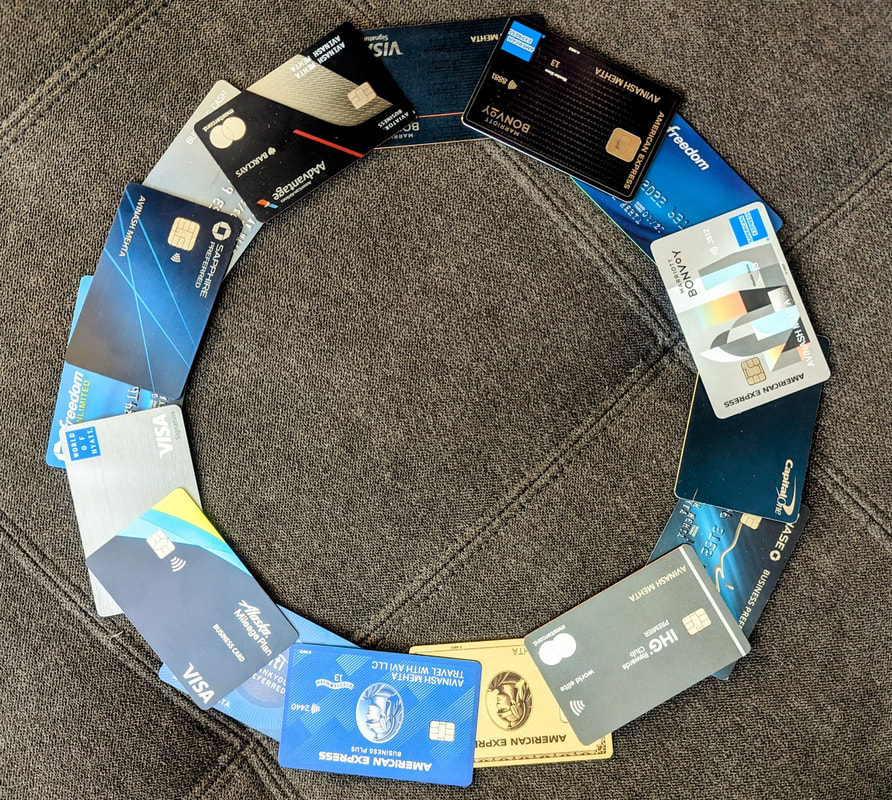
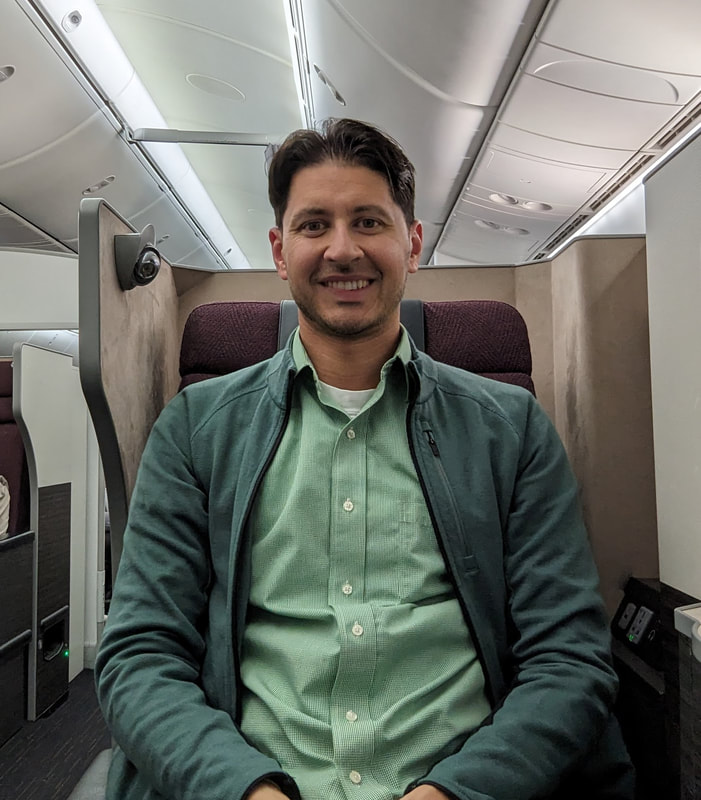


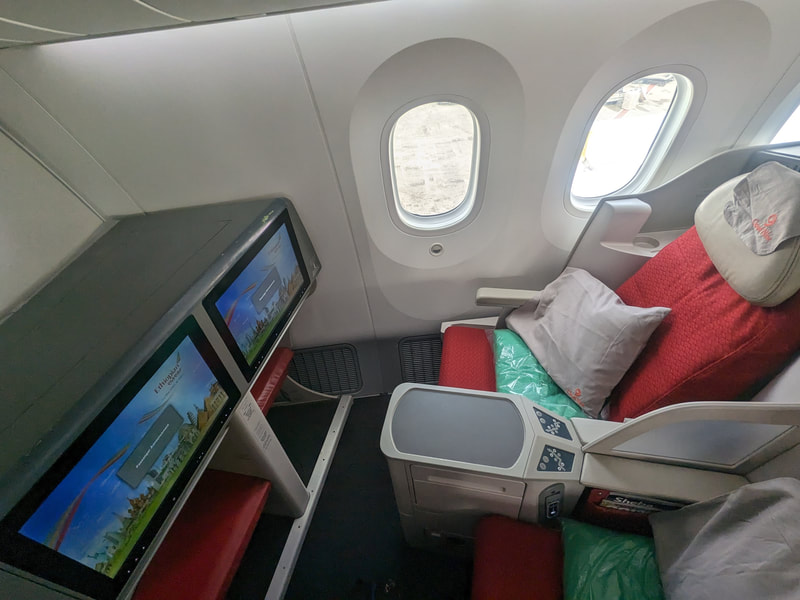
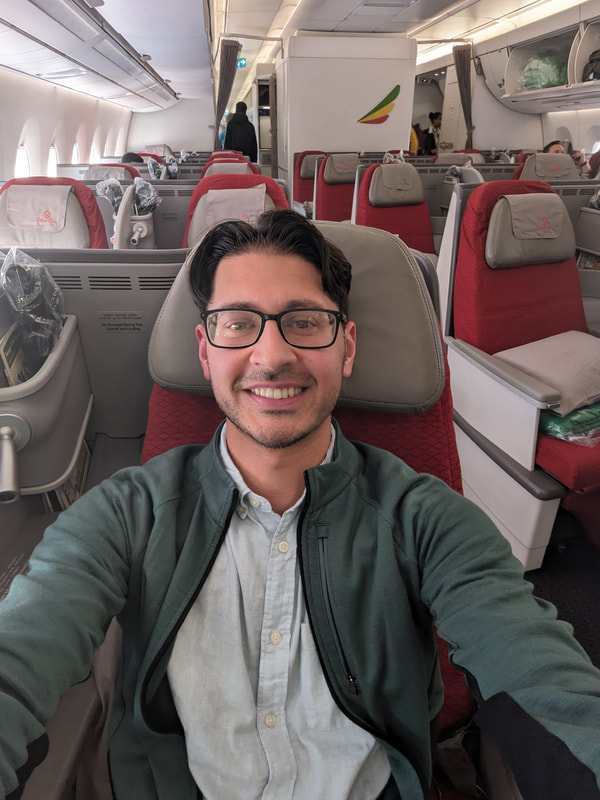
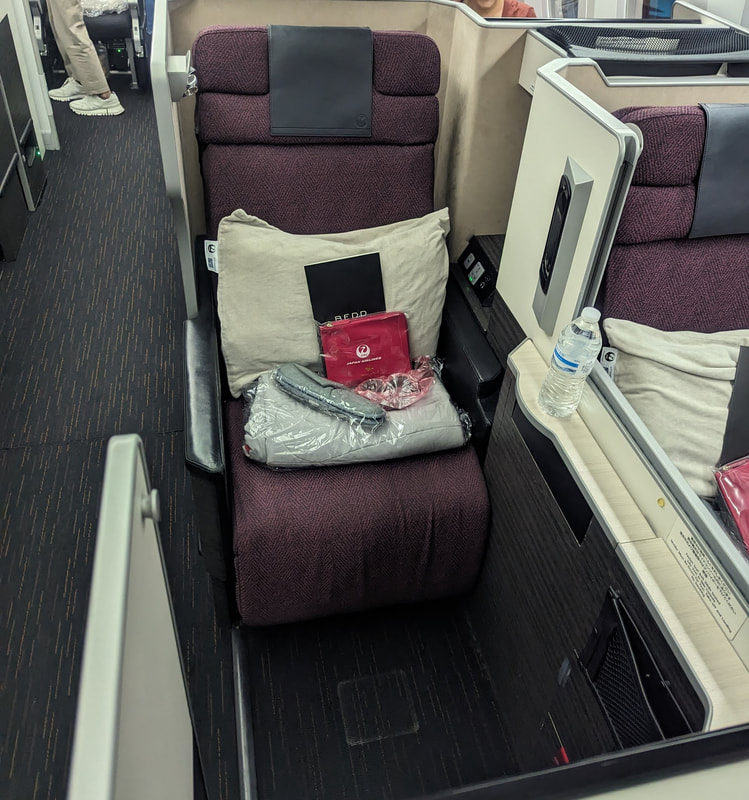


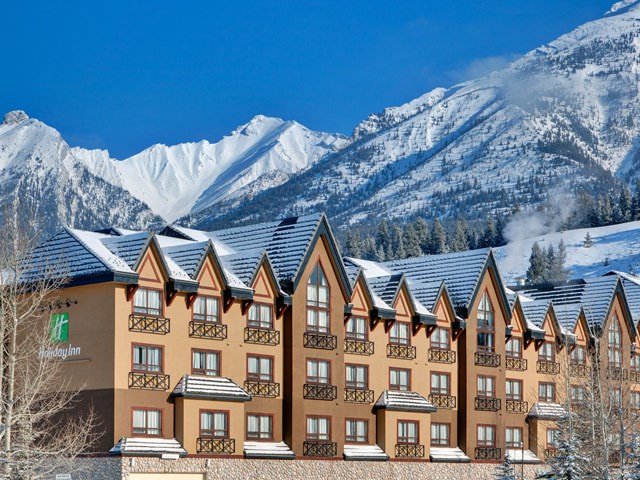

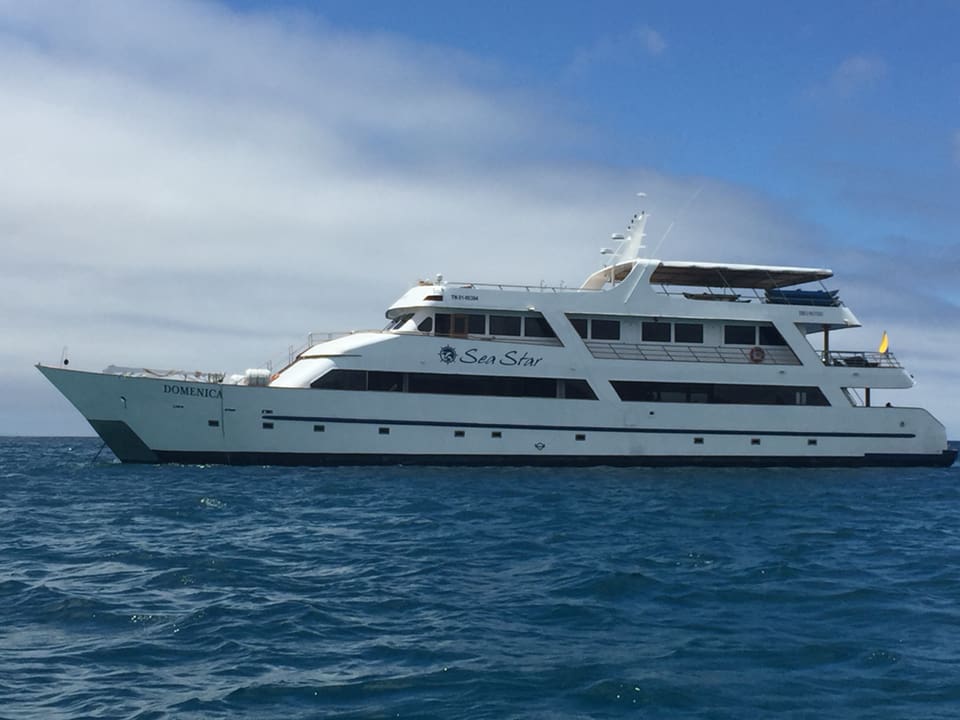

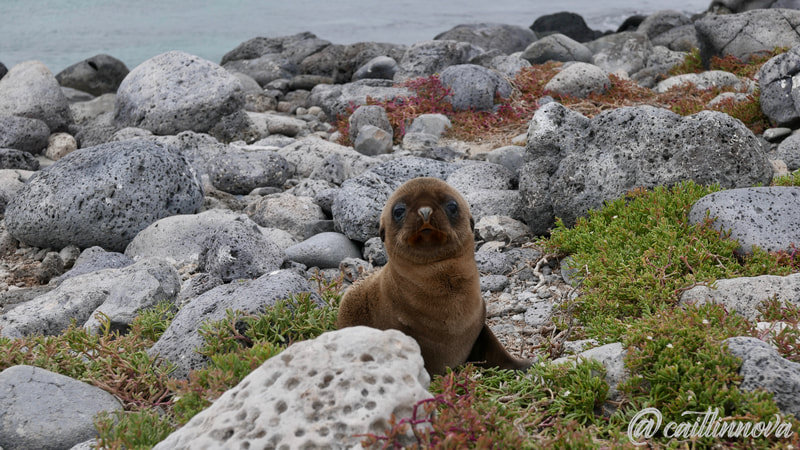

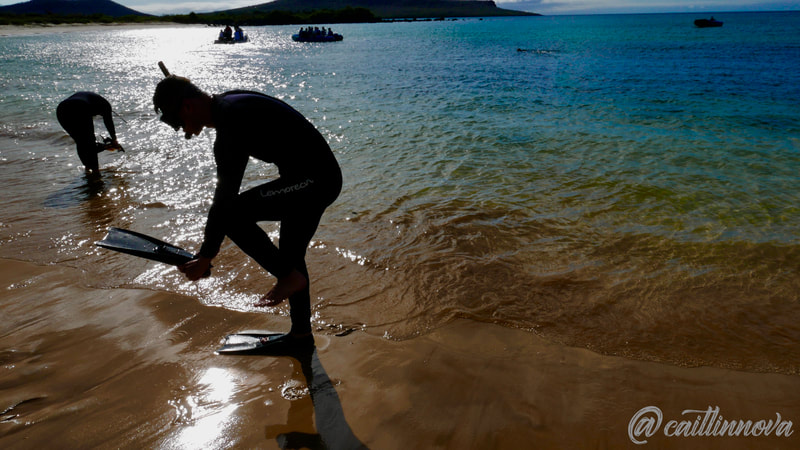


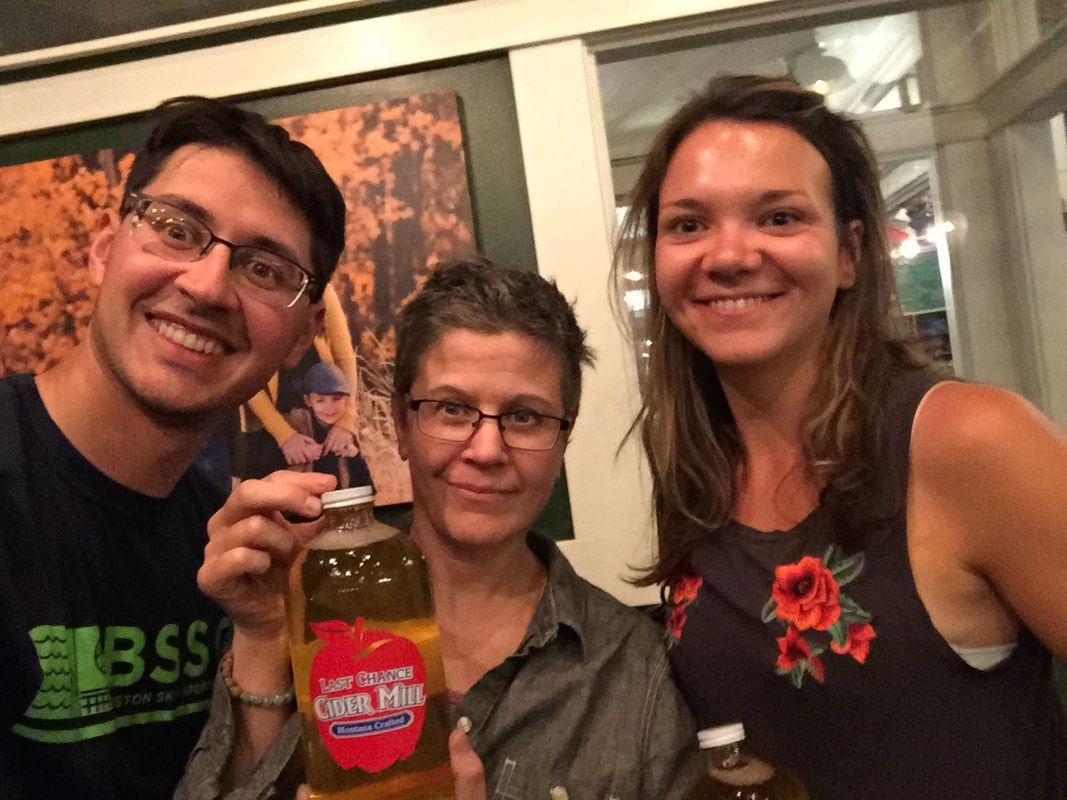

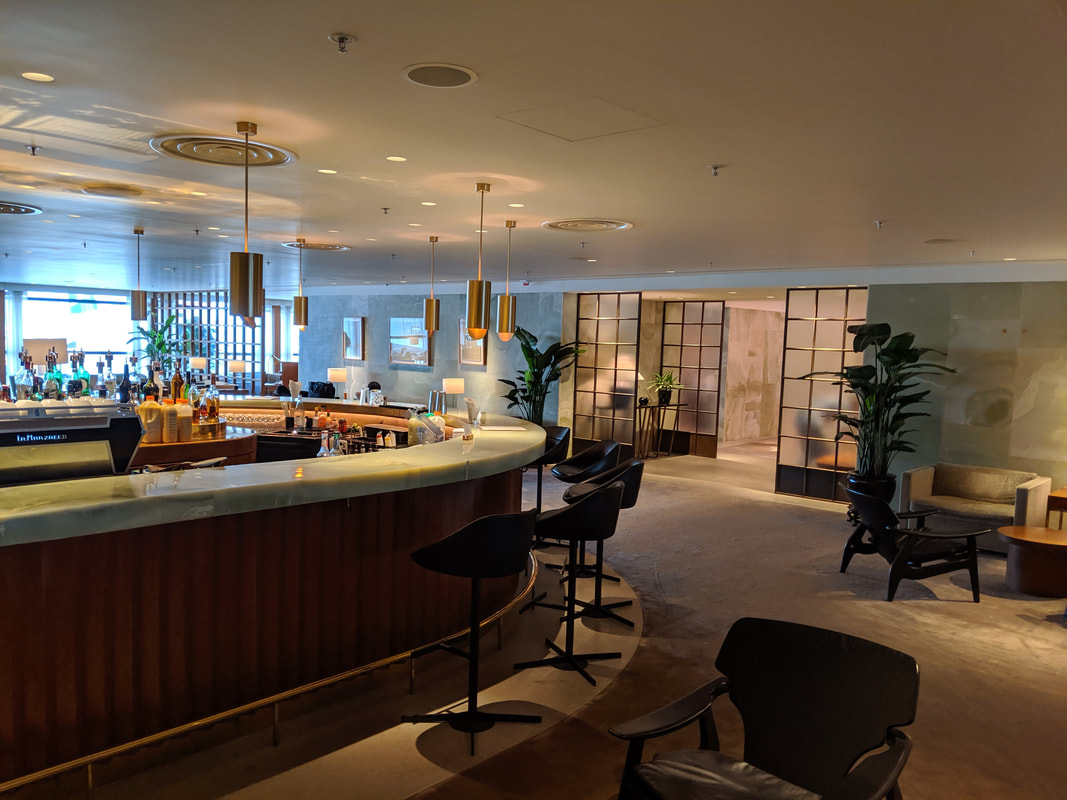

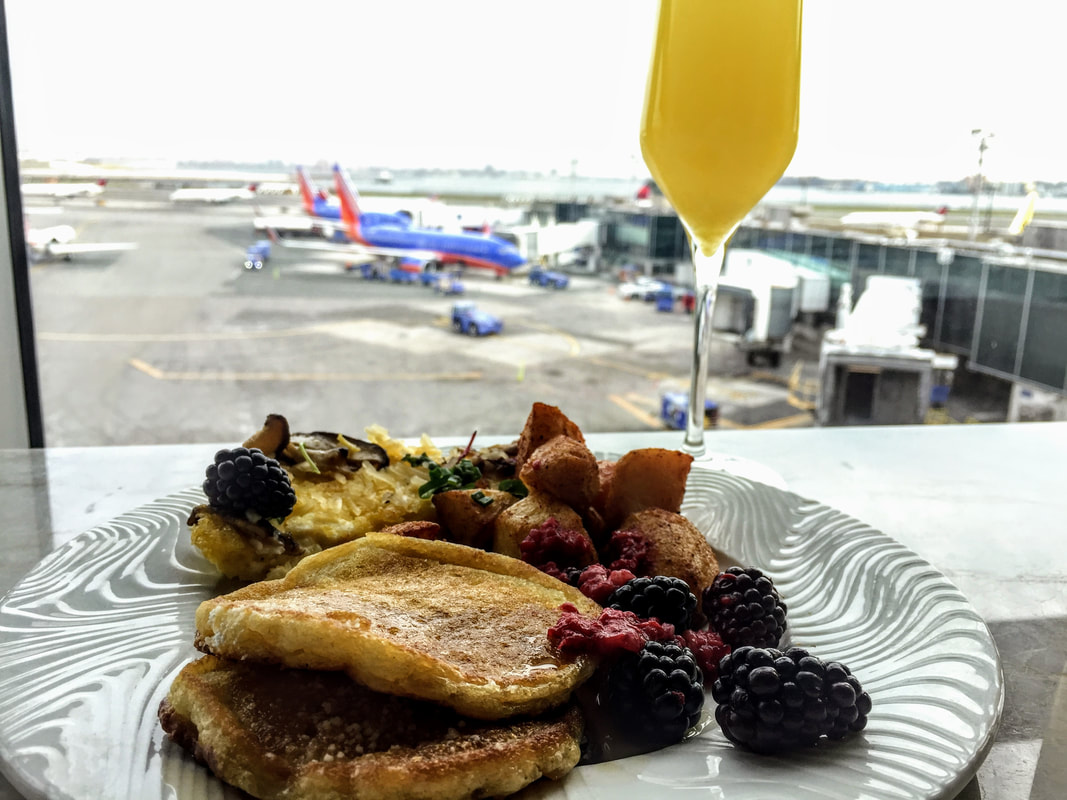
 RSS Feed
RSS Feed
